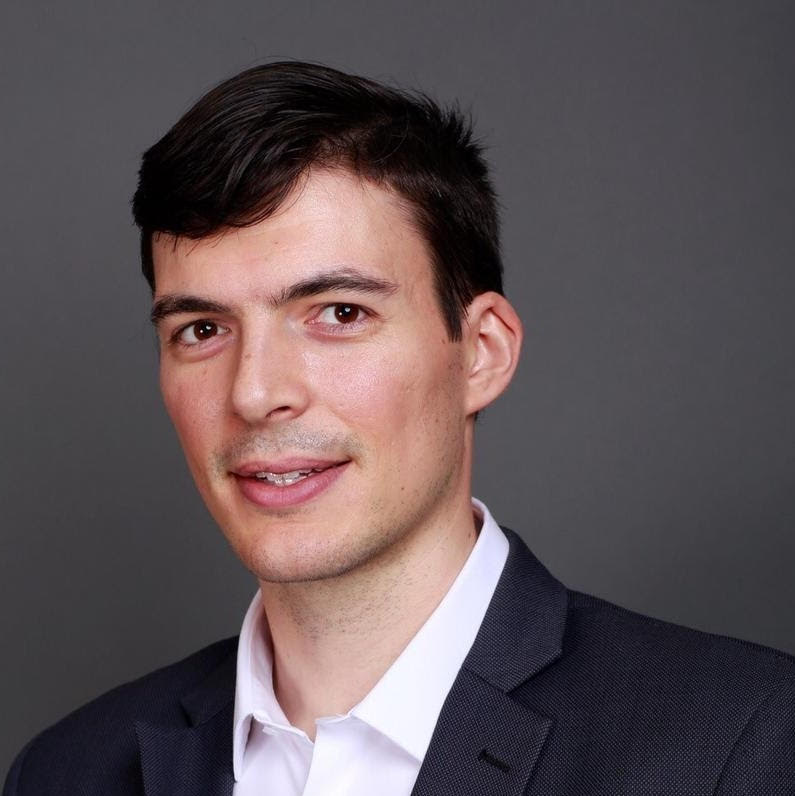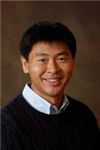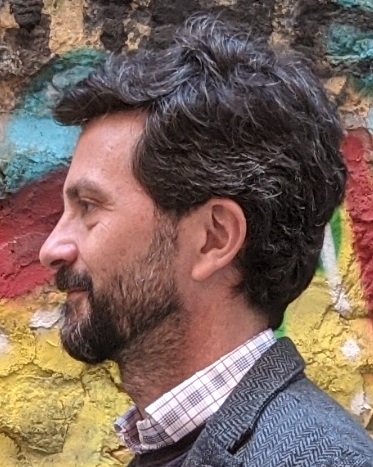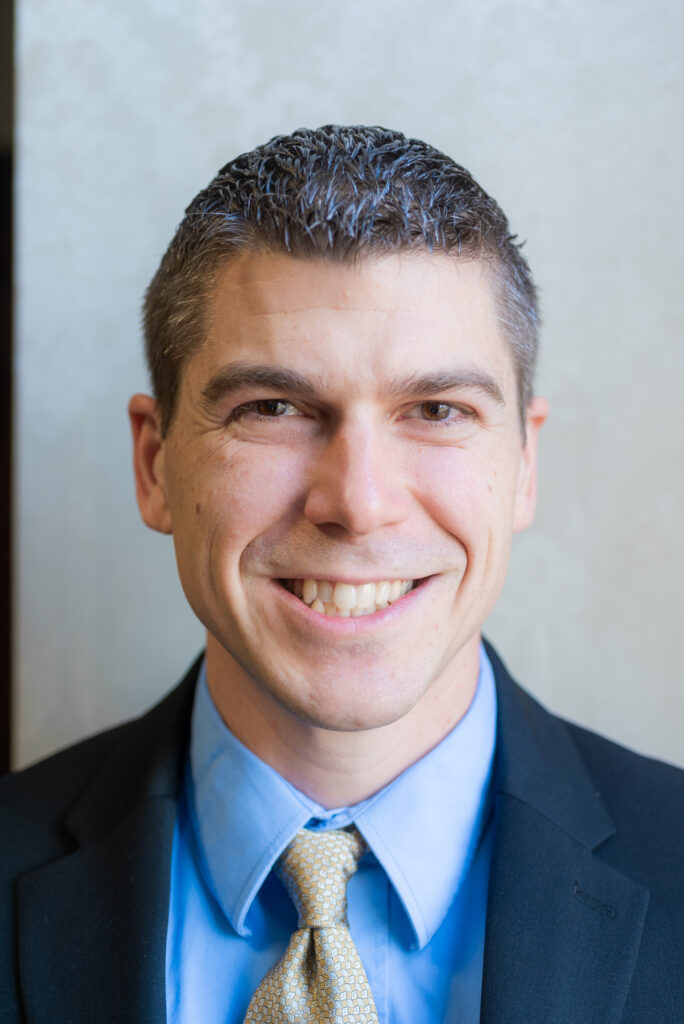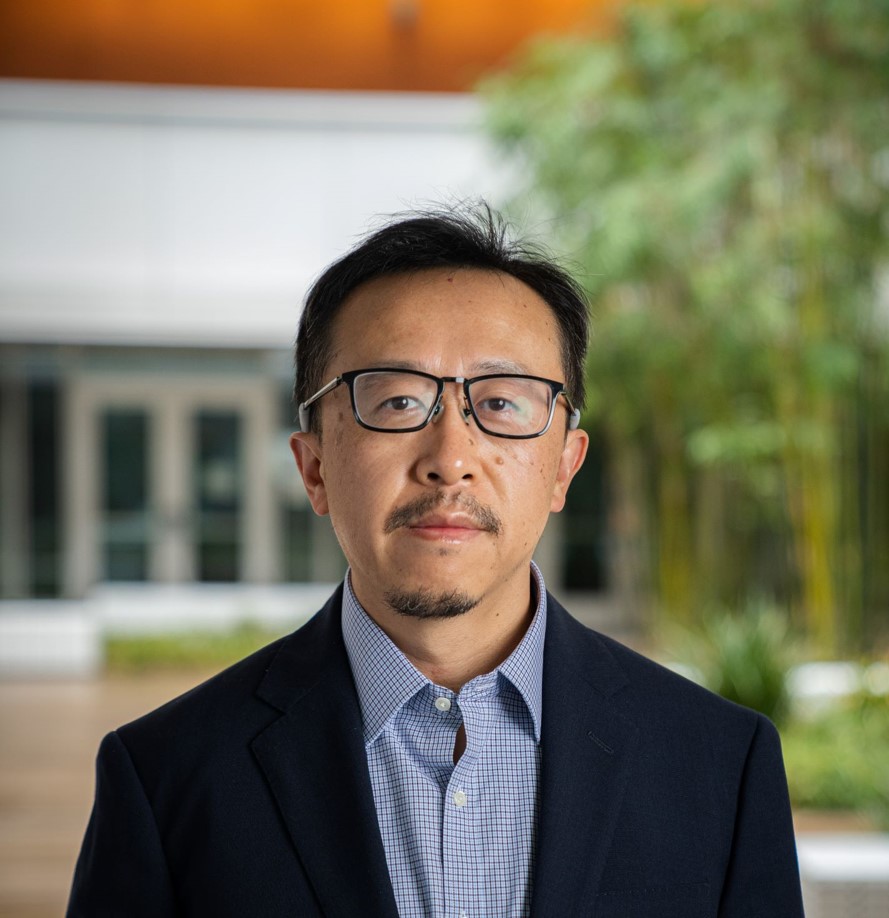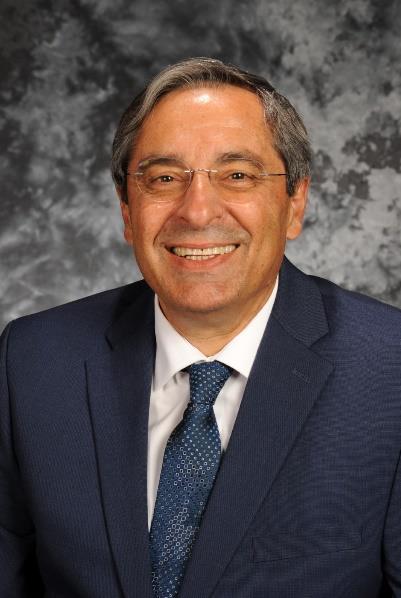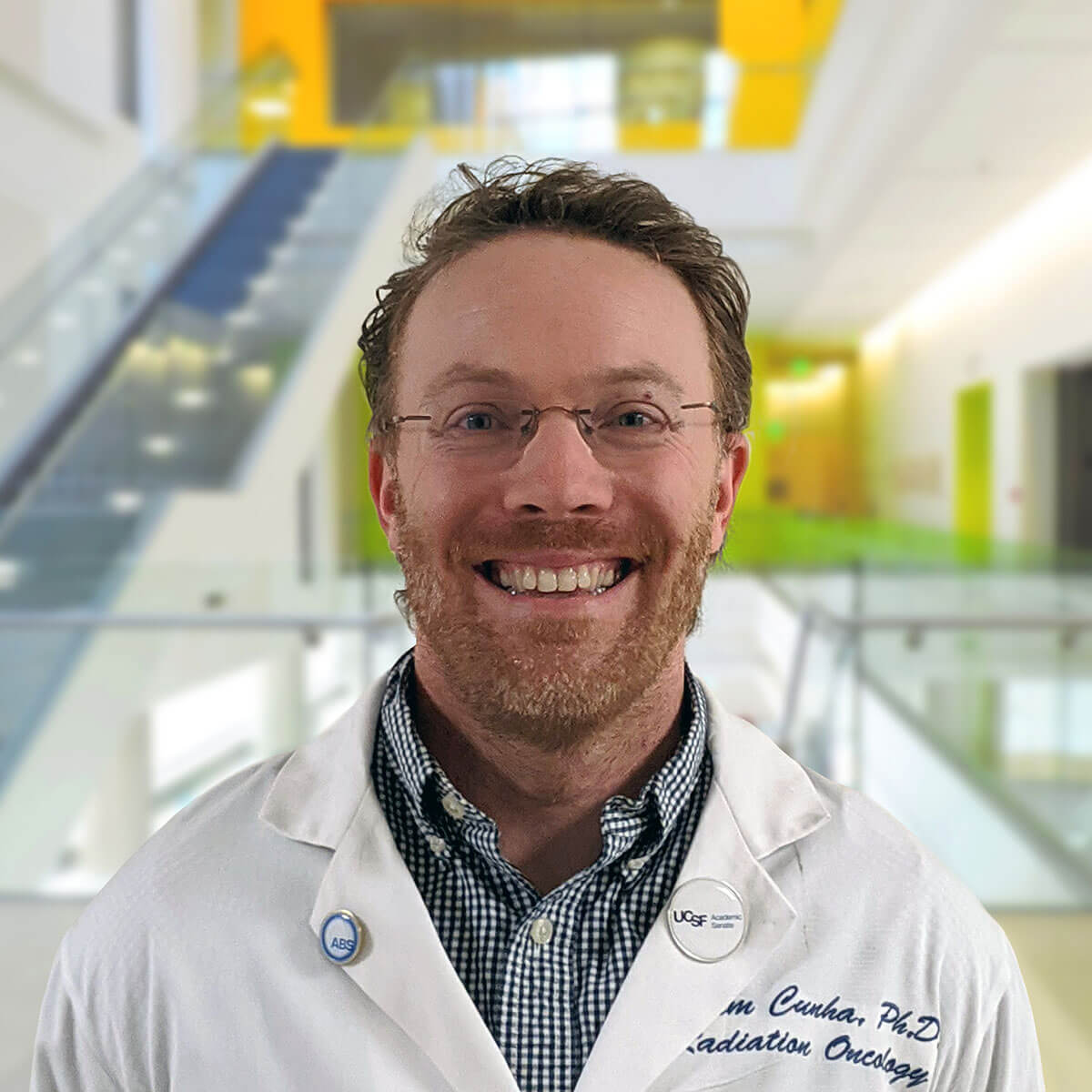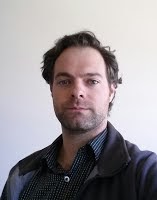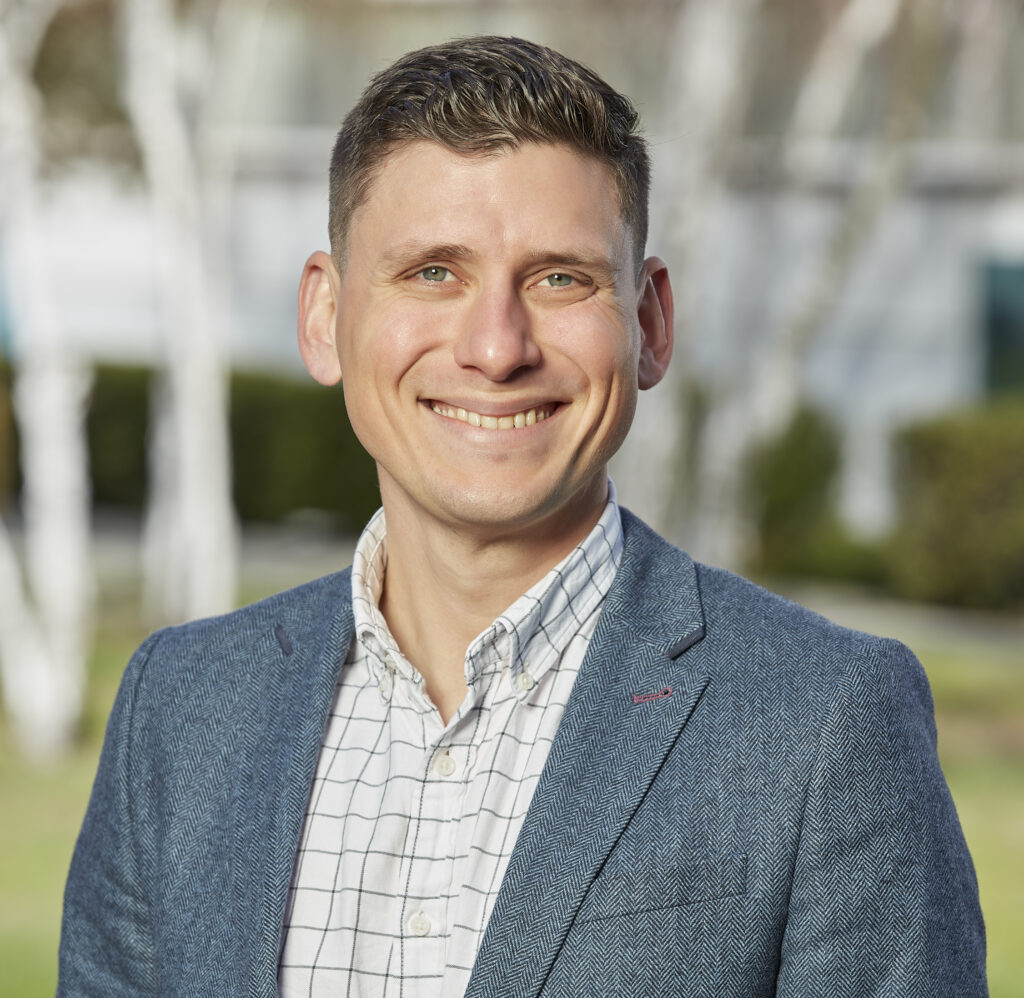Spring 2024 Colloquium Series
Towards Scientific AI for the simulation and optimization of complex systems
DATE/TIME: MON, 04/15/2024 – 3:00PM TO 4:00PM LOCATION: 3106 ETCHEVERRY HALL SPEAKER: Raphael Pestourie, Professor, Georgia Tech, School of Computational Science and Engineering Abstract: Complex systems are hard to simulate and even more difficult to optimize. In this talk, I will showcase how surrogate models accelerate the evaluation of properties of solutions to partial differential…
Read MoreEmission Tomography: From Grayscale to Colorful Images One More Time
DATE/TIME: MON, 04/08/2024 – 3:00PM TO 4:00PM LOCATION: 3106 ETCHEVERRY HALL SPEAKER: Ling-Jian Meng, Ph.D Professor Department of Nuclear, Plasma, and Radiological Engineering, Department of Bioengineering, and Beckman Institute of Advanced Science and Technology, The University of Illinois at Urbana-Champaign ljmeng@illinois.edu Abstract: Nuclear Medicine is a critical element of modern medicine and healthcare practice, in…
Read MoreHigh-field HTS stellarators with liquid metal walls
SPEAKER: Francesco Volpe Founder, CEO, CTO Renaissance Fusion DATE/TIME: MON, 04/01/2024 – 3:00PM TO 4:00PM LOCATION: 3106 ETCHEVERRY HALL Abstract: French- and Swiss-based startup Renaissance Fusion strives to build a commercial nuclear fusion reactor by reinventing and synergistically combining three main technologies. The first one is the stellarator: more stable and steady state than a…
Read MoreeVinci Technology and the Potential of Microreactors
SPEAKER: Zach McDaniel Director, Partnerships and Grants DATE/TIME: MON, 03/18/2024 – 3:00PM TO 4:00PM LOCATION: 3106 ETCHEVERRY HALL Abstract: Westinghouse is developing the eVinci™ microreactor to revolutionize how cost-competitive, carbon-free energy is delivered. The eVinci microreactor is a 15MW thermal heat pipe reactor capable of generating 5MW of electricity and is designed to run for…
Read MoreChasing the Light: What More We Can Learn from the X-ray and Tissue Interactions
SPEAKER: Dr. Ke Sheng Professor and Vice Chair of Medical Physics Department of Radiation Oncology DATE/TIME: MON, 03/11/2024 – 3:00PM TO 4:00PM LOCATION: 3106 ETCHEVERRY HALL Abstract: Traditional medical physics research focuses on the energy deposition of MV X-rays for radiotherapy and attenuation for kV X-ray imaging. Nevertheless, the secondary particles of X-ray tissue interaction…
Read MoreAdvanced Reactors Overview at the Idaho National Laboratory
SPEAKER: Youssef A. Ballout Division Director, Reactor Systems Design & Analysis DATE/TIME: MON, 03/04/2024 – 3:00PM TO 4:00PM LOCATION: 3106 ETCHEVERRY HALL Abstract: Dr. Youssef Ballout will discuss the historical evolution of reactor technology at the Idaho National Laboratory (INL). Dr. Ballout will also discuss the three microreactors under construction at INL. These microreactors are…
Read MoreBrachytherapy State of the Art and Future Directions
SPEAKER: J. Adam M. Cunha Assistant Professor DATE/TIME: MON, 02/26/2024 – 3:00PM TO 4:00PM LOCATION: 3106 ETCHEVERRY HALL Abstract: Radiation has been used for the treatment of cancer for over a century. Brachytherapy is a delivery method that introduces radioactive material directly into tumors (vs. using beams of radiation delivered from outside the body). The…
Read MoreThe Applied Nuclear Physics Program at Lawrence Berkeley Lab: Advancing Radiation Detection Techniques through Coupling with Computer and Robotics Technologies
SPEAKER: Dr. Brian Quiter Staff Applied Physicist/Engineer and Deputy Program Head of the Applied Nuclear Physics Program DATE/TIME: MON, 01/29/2024 – 3:00PM TO 4:00PM LOCATION: 3105 ETCHEVERRY HALL Abstract: Researchers in the Applied Nuclear Physics (ANP) program at Lawrence Berkeley National Laboratory have focused on developing new radiation detectors and radiation detection methods to solve…
Read MoreConstrained Bayesian Optimization of Experiments
SPEAKER: Daniel Siefman Assistant Professor DATE/TIME: MON, 01/22/2024 – 3:00PM TO 4:00PM LOCATION: 3105 ETCHEVERRY HALL Abstract: Engineering and research projects often involve optimizing a variable with respect to input parameters while respecting a constraint. For example, this might be optimizing the power production of a reactor by changing fuel parameters while maintaining a power…
Read More